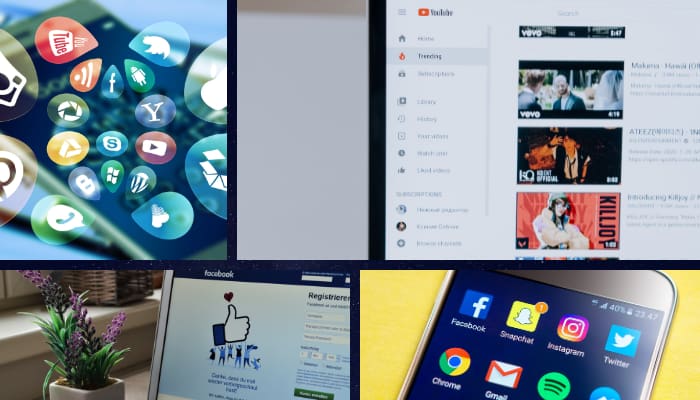Hong Kong – OMD HK has recently announced a new survey shedding light on the media habits of Generation Z’s youngest members, marking the transition to the emerging Generation Alpha. This survey is part of the agency’s third wave of the ‘Youngster Survey’.
In the survey, it noted that Gen Z considers social media a key companion, with Instagram leading the way. They use social platforms for connection and discovery and as search engines. Gen Z are starting to explore Instagram’s new platforms Threads and turn to Chinese social media platforms such as Douyin and Xiaohongshu for more fun, updates in entertainment or shopping.
In terms of video media consumption, Gen Z predominantly streams video content on smartphones and smart TVs, with 52% of their viewing time spent on smartphones. YouTube is their preferred platform, and there is a growing interest in local movies and dramas as well as a preference for content in Cantonese. Youngsters are attracted to video-focused platforms like Instagram, Facebook, and X/ Twitter as fads for Chinese social platforms Douyin and Xiaohongshu decline.
Moreover, smart TVs and smartphones are key devices used to stream most video platforms. Youngsters exhibit a higher likelihood of subscribing to cheaper ad-supported subscriptions for smooth user experiences. Brands can consider connected TV and platforms such as Bilibili.
Meanwhile, daily music listening time has increased to 1.9 hours compared to the previous wave. YouTube Music remains dominant due to its user-friendly features like Discovery, Personalization, and Community. It’s also worth noting that YouTube ads effectively connect with the audience through up to 30-second audio ads, allowing for CPM bidding and optimised creative targeting of music and non-music content using Google’s solutions.
Gaming-wise, mobile gaming remains dominant but has decreased average playtime from 2.3 hours to 2 hours. Youngsters are spending less time gaming, likely due to increased physical meet-ups post-pandemic. Smartphones, PC games, and tablets are the most popular platforms. PlayStation and Nintendo Switch have declined, while handheld consoles like Logitech G Cloud have gained traction among female teens. Moreover, female teens are increasing their presence in gaming and outspending males while male youngsters prefer intense multiplayer games, while females gravitate towards immersive gaming experiences.
Lastly, youngsters aged 18-24 prioritise data privacy and security but are more open to data exchange for personalised offers, while female teens (13-17) show lower concern for data privacy. Both male and female youngsters take proactive measures to protect their data, such as using ad blockers, declining cookies, and utilising VPNs, with males being more ad-averse and having higher VPN usage.
Florence Wong, CEO of OMD HK, said, “With the release of the third wave of the Youngster Survey, OMD HK continues its commitment to providing valuable insights into the media habits of Hong Kong’s youth. This survey reflects the changing media landscape and offers a glimpse into the emerging Generation Alpha, who will shape the future of media consumption.”











